The financial and economic world is a very complex one and one in which there can be quite a bit of fluctuation. Thus, there are many different ways a person could find themselves in financial trouble.
Consequently, there are all sorts of different things that could lead to a person considering seeking out bankruptcy protection.
What are some of the more common bankruptcy catalysts? Among the things that a recent article on the Huffington Post’s website identified as being the most common contributors to a person going into bankruptcy are: overspending/bad budgeting, foreclosure, utility payments, student debt, surprise expenses, divorce, credit card debt, loss of employment, income reductions and medical expenses.
Along with these more-common bankruptcy catalysts, there are all manner of different less-common catalysts out there. Thus, there are all sorts of different financial circumstances a person who is thinking about bankruptcy can be in.
Does is matter what specifically leads to a person considering bankruptcy? It can matter quite a bit. A person’s individual financial circumstances and how they got to those circumstances can impact many things when it comes to bankruptcy, such as: whether bankruptcy would be a good choice for them, what bankruptcy type would be most appropriate for their situation and, if they do end up pursuing bankruptcy, what sorts of issues would be likely to be big ones in their bankruptcy. Experienced bankruptcy attorneys can provide individuals who are thinking about pursuing a personal bankruptcy with bankruptcy and debt relief guidance and advice that is tailored around their specific financial circumstances.

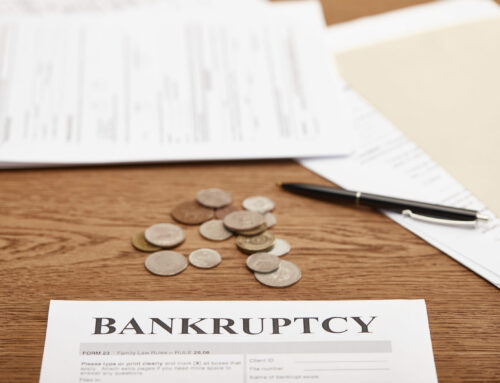
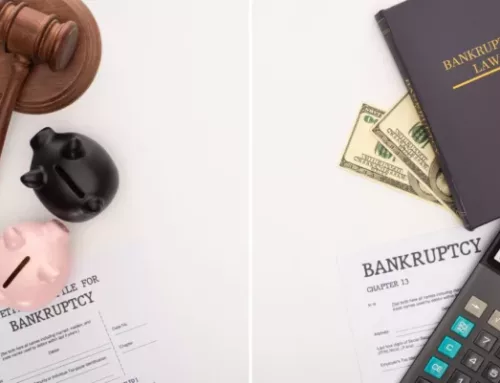
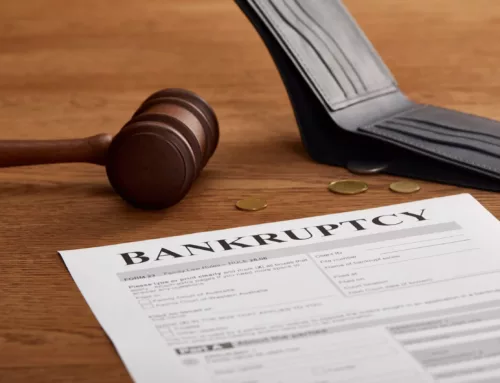
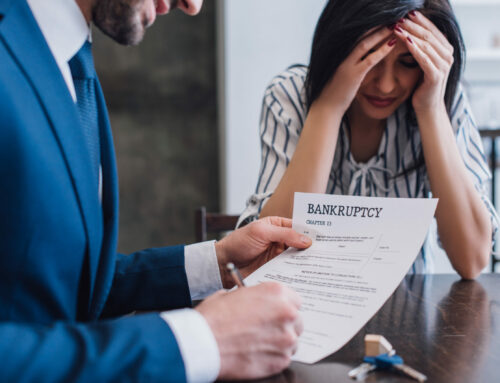

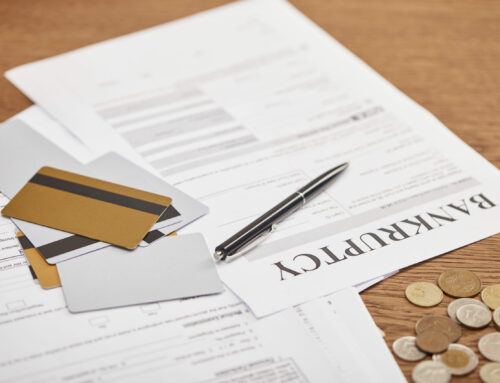
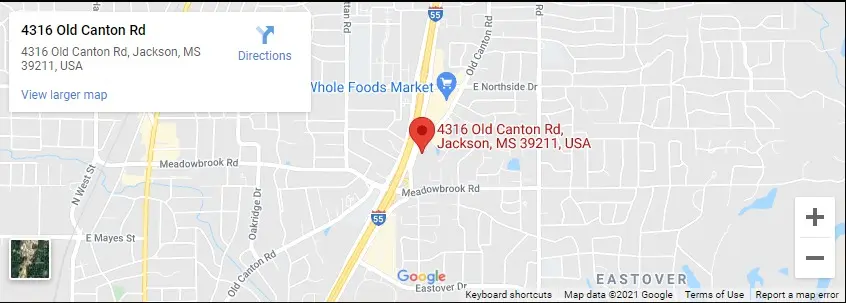
Connect with Us